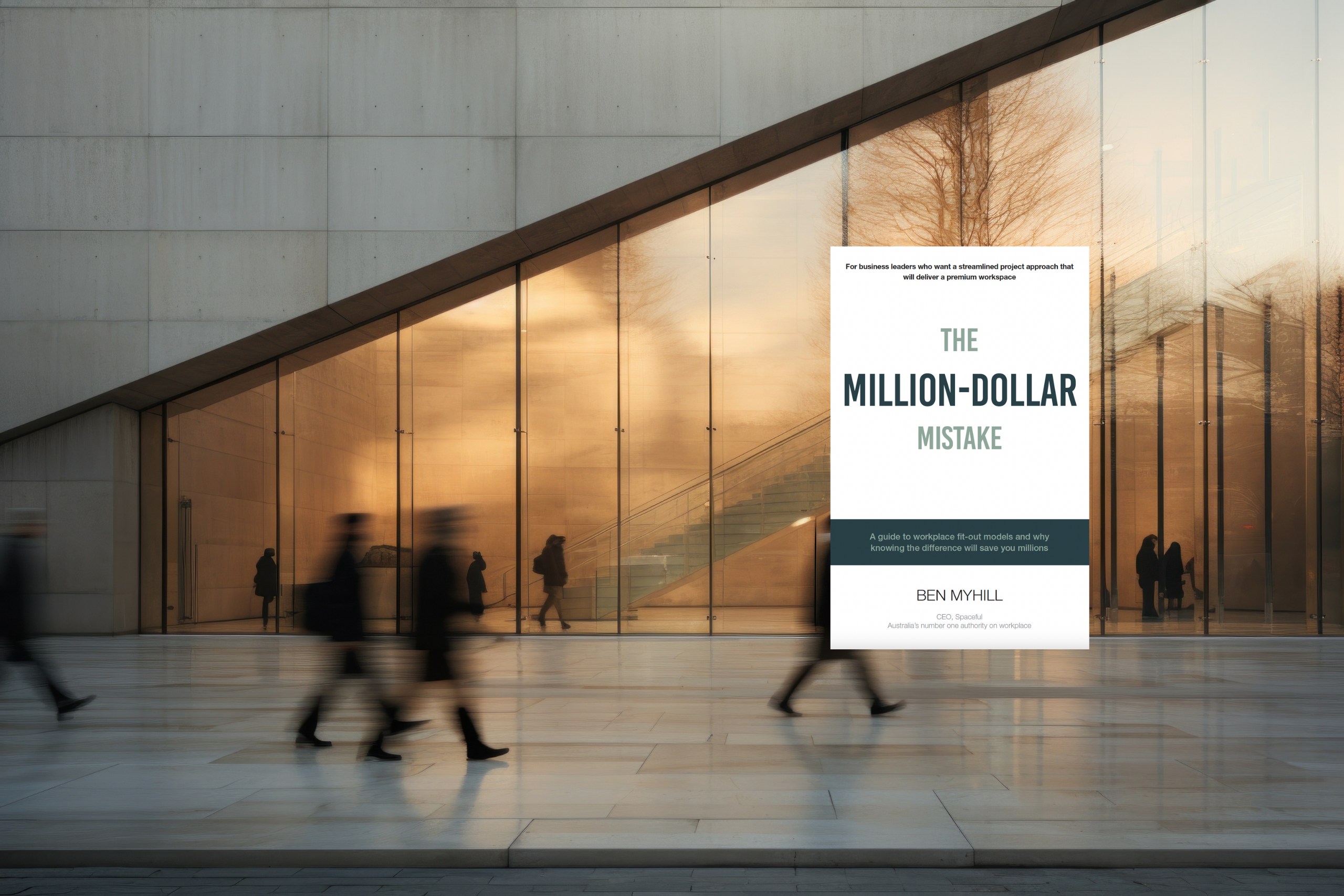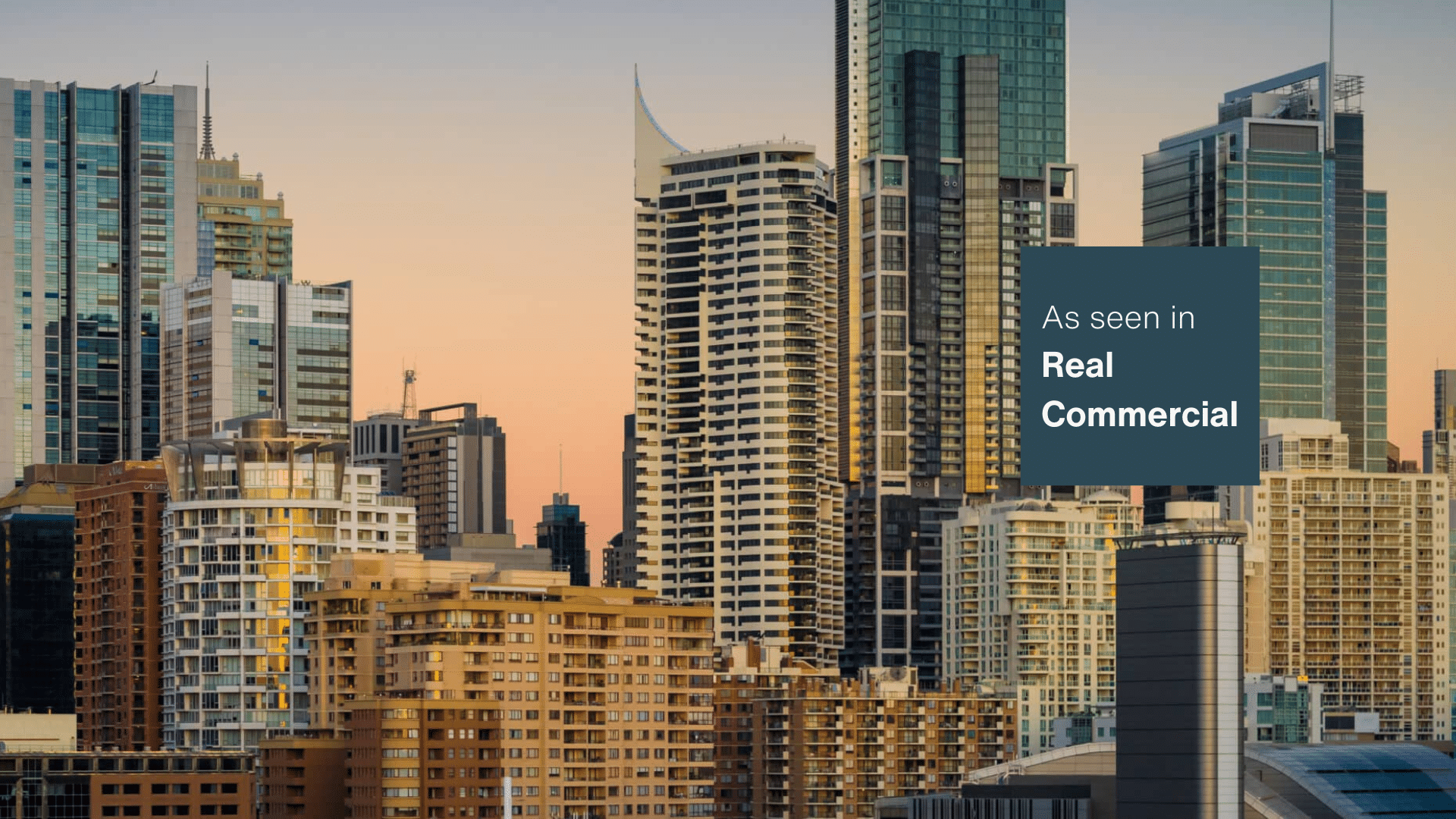
One of the exciting advancements that promises to revolutionise the future of green workplace design is the advent of ‘smart flooring.’ Also referred to as ‘kinetic flooring,’ operators of large-scale event venues and stadiums are already implementing this technology to produce electricity, better understand consumer behaviour and reward loyalty during live events.
But how applicable is smart flooring to the workplace?
The sustainability argument
In an era of growing environmental consciousness, businesses are increasingly seeking sustainable solutions for their workplace. By generating electricity through the movement of your own employees, smart flooring can reduce your organisation’s reliance on traditional energy sources, significantly reduce your carbon footprint and help you reach your sustainability goals.
Paving the way for the sustainable flooring movement is British technology firm Pavegen (pictured). Their unique flooring tiles are equipped with electromagnetic generators that capture the energy created when individuals walk on the surface and convert it into electricity. The result is a renewable energy source that can then be utilised to power lighting, digital displays or charging stations, to name a few.
With successful installations in various locations across the globe, including offices, airports and retail spaces, Pavegen serves as an inspiring example of how smart flooring can revolutionise the way we interact with our environment while promoting sustainable practices.
Curing the sedentary workplace
Sedentary lifestyles and prolonged sitting have been linked to serious health issues, including obesity and cardiovascular problems. Kinetic floors could be an excellent solution to combat sedentary behaviour. With their ability to detect movement and respond accordingly, kinetic floors encourage employees to engage in physical activity throughout the day.
The pandemic proved that sedentary lifestyles have a significant impact on work productivity. Regular physical activity has been proven to enhance cognitive function, creativity and problem-solving skills. So, by encouraging movement through smart flooring, employers can create an environment that fosters productivity and innovation and, in turn, boost employee performance.
The ‘3 C’s’: Fostering Collaboration & Communication & Connection
The workplace of today thrives on collaboration and teamwork. The interactive and responsive design of smart flooring creates a dynamic space where colleagues can come together and see the impact of each step they take. By providing feedback on the generated energy, smart floors make sustainability visible and have the power to raise collective consciousness around clean energy generation.
This seamless integration of technology into the workplace floor can provide employees with a shared purpose to increase their daily movement and saving energy, helping to foster a sense of community among employees, improve collaboration and create a more vibrant work environment.
Adaptive Environments
Smart floors can also be designed to adapt to individual preferences and needs. With advanced sensors and intelligent systems, smart flooring can adjust lighting, temperature and even acoustic levels based on your employees’ unique requirements. This adaptability creates a more personalised environment, ensuring that your people feel comfortable. By providing an optimal workspace tailored to the individual needs of their workforce, businesses can significantly enhance employee satisfaction and well-being.
As we strive to create more innovative and efficient workspaces, the incorporation of smart flooring could represent a significant step forward. By contributing to the sustainability of the workplace, as well as the wellbeing and performance of the people in it, smart flooring has the potential to revolutionise the workplace experience on both an environmental and human level.
As businesses look to embrace this exciting technology, they may well be opening the door to a future where the physical environment seamlessly integrates with human interaction and productivity. With the many benefits it offers, smart flooring could become a crucial element in shaping the workplace of tomorrow.


